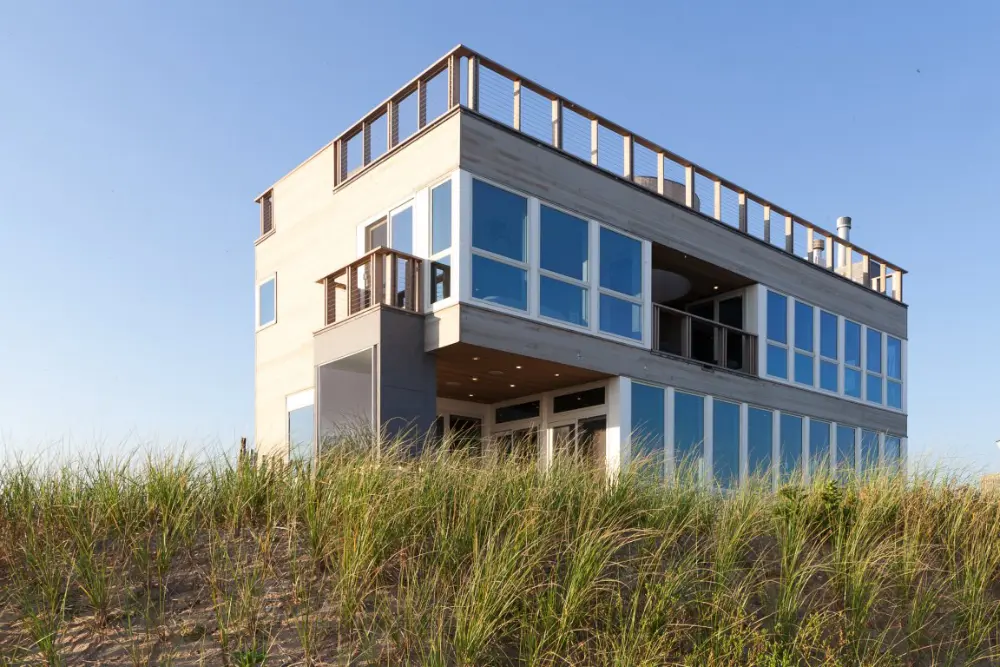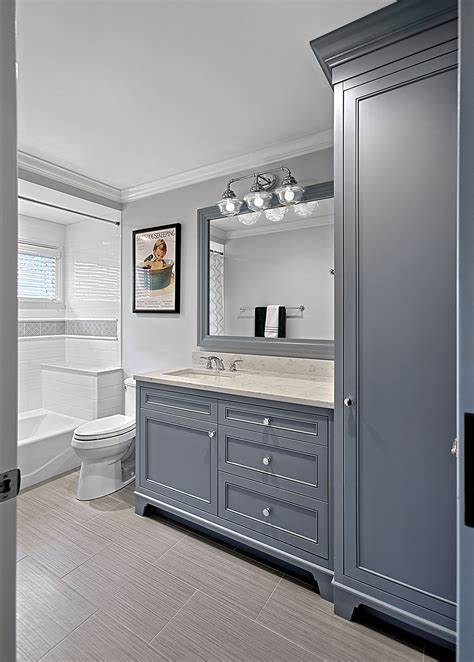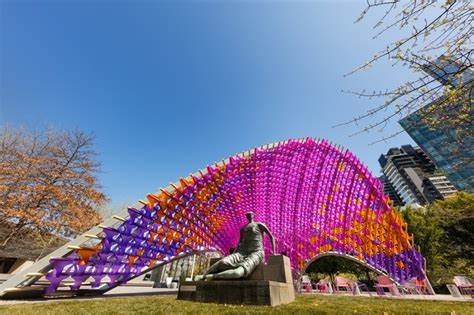In the realm of contemporary architecture, flat roofs have established their prominence as a symbol of sleek elegance. However, beneath their minimalist allure lies a critical factor that determines the comfort, energy efficiency, and structural integrity of a building—flat roof insulation. In this comprehensive exploration, we unravel the complexities of flat roof insulation, delving into its significance, types, installation methods, and its pivotal role in shaping modern architectural masterpieces.
Contents
- 1 Unveiling the Importance of Flat Roof Insulation
- 2 Types of Flat Roof Insulation Customizing Solutions for Efficiency
- 3 Installation Techniques Mastering Precision and Efficiency
- 4 A Greener Horizon Sustainable Insulation Solutions
- 5 Beyond Today Innovations on the Horizon
- 6 The Canvas of Comfort and Conservation
Unveiling the Importance of Flat Roof Insulation
Flat roof insulation stands as a cornerstone in the pursuit of comfort and sustainability. Unlike pitched roofs, flat roofs are more susceptible to heat gain and loss due to their horizontal orientation. Proper insulation acts as a thermal barrier, regulating indoor temperatures and reducing energy consumption for both heating and cooling. Beyond energy efficiency, insulation also plays a vital role in soundproofing, preventing external noises from disrupting the tranquility of interior spaces.
Read Also: Unlocking the Potential of Flat Roof Sealants A Comprehensive Guide
Types of Flat Roof Insulation Customizing Solutions for Efficiency
The world of flat roof insulation offers a plethora of options, each tailored to the unique needs of different architectural designs and climatic conditions.
- Warm Roof Insulation: Placed above the structural deck, warm roof insulation keeps the entire roof structure warm, minimizing the risk of condensation and maintaining consistent indoor temperatures.
- Cold Roof Insulation: Situated between the structural deck and the roof covering, cold roof insulation prevents heat from escaping through the roof, making it suitable for regions with milder climates.
- Inverted Roof Insulation: An innovative approach, inverted roof insulation places the thermal insulation above the waterproofing layer, protecting it from temperature fluctuations and extending its lifespan.
Installation Techniques Mastering Precision and Efficiency
The effectiveness of flat roof insulation hinges on meticulous installation techniques that ensure proper coverage and minimal thermal bridging. Common methods include:
- Mechanically Fastened Insulation: Insulation boards are securely fastened to the roof deck using mechanical fixings, providing stable insulation layers.
- Adhered Insulation: Insulation boards are bonded to the roof deck using adhesive, eliminating the need for penetrations that could compromise the waterproofing layer.
- Ballasted Insulation: Heavy ballast materials, such as gravel or concrete pavers, hold the insulation in place, creating a stable and well-protected roofing assembly.
A Greener Horizon Sustainable Insulation Solutions
As sustainability gains momentum, the construction industry gravitates towards eco-friendly solutions. Environmentally conscious architects and builders are exploring insulation materials derived from renewable resources, such as natural fibers and recycled materials. These materials not only reduce the carbon footprint but also contribute to healthier indoor air quality.
Beyond Today Innovations on the Horizon
The evolution of flat roof insulation is an ongoing journey towards excellence. Researchers and innovators are exploring technologies that integrate insulation with energy generation, creating roofs that harness solar energy while providing insulation benefits.
The Canvas of Comfort and Conservation
In the tapestry of modern architecture, flat roofs stand as canvases waiting to be painted with the brushstrokes of design ingenuity. However, the masterpieces they become are shaped not only by aesthetics but by the unseen layers that define comfort, efficiency, and sustainability—flat roof insulation. From warm to cold roofs, from adherence to ballasting, the choices in insulation methods and materials are as diverse as the buildings they serve. As architecture continues to evolve, so does the world of insulation, ensuring that the structures we create are not only visually captivating but also bastions of comfort and conservation.






















